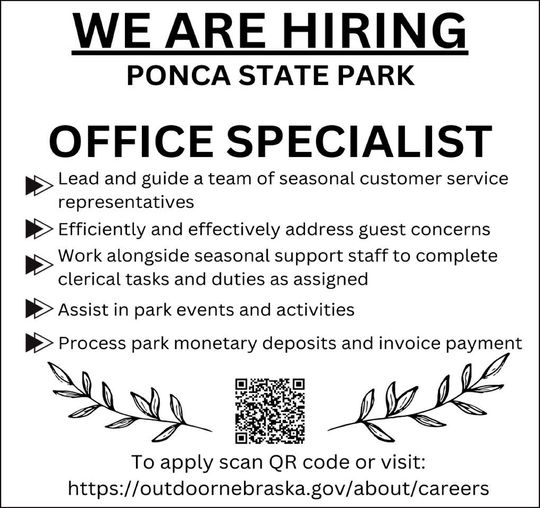Typically, alfalfa needs six weeks of uninterrupted growth before the first hard frost to winterize. The winterization process itself can occur in as little as three weeks, but having a total of six weeks helps to mitigate risks by allowing the alfalfa to move stored reserves to the roots and become acclimated to changing temperatures. By planning on six weeks, we ensure any plants that need longer to winterize have the time to do so, as well as provide insurance against an early frost. The first hard freeze dates for northeast Nebraska fall around the middle of October, so counting back six weeks, final cuttings should be wrapping up soon. Allowing alfalfa to successfully winterize is key to having productive stands next spring and reducing long term losses in your alfalfa stand.
Stress during the season also plays a role in the winterization process. Environmental stresses such as; drought, heat, hail, or frost cause slower regrowth and shorter stands in season. Even the amount of times we cut stands and the age of the stand are stress considerations. Therefore, if you are trying to push the six-week rule, remember that alfalfa that has been heavily stressed throughout the season or older stands would benefit from having uninterrupted growth to complete the winterization process.
When planning your last cutting for older or stressed alfalfa stands, we can use dates for establishing fall alfalfa as a guide to timing a last cutting. While it can vary, for northeast Nebraska we recommend having fall stands seeded by early September. For the last cutting on a drought stressed stand, we want to have harvest completed already this year and stands starting to winterize. If we do push the harvest window later, remember that these later harvested fields will have a slow start next year and may have issues overwintering, both of which may impact yield next year.
When cold temperatures do come to call, the nature of the freeze we get will have an impact on management options. A non-killing frost ranges from 32-30°F, with a killing frost occurring at 29-24°F for 4 to 6 hours. The determination between a non-killing and killing frost is crucial when making management decisions, especially cutting or grazing.
In the case of non-killing frosts, typically we can see a deterioration at the tip of the alfalfa plants, with wilted and slightly curled leaves. If the light frost occurs for an extended period you can see some bronzing on the leaves as well. It is important to note that these alfalfa plants will continue to grow, but their quality will decrease as fall continues. If cut following a nonkilling frost regrowth will continue to occur at the crown buds and the plant will begin to utilize stored sugars, possibly affecting winter survival and spring vigor.
Once the hard frost occurs the stand can be cut with low risk to damage the stand. Harvest needs to take place shortly following the killing freeze to maintain as much of the plant’s nutritive value as possible. Bloating can be a risk when stands are used for grazing especially immediately following the freeze event. Remember haying and grazing should really only be an option if the need for forage will outweigh harm to the stand. Damage to the stand and increased exposure to environmental conditions can negatively affect the stand over winter and into the spring. Getting enough heat and sunlight to dry down hay fully in the fall is also an obstacle that needs consideration.
To recap: alfalfa needs at least six weeks of uninterrupted growth into the fall to be the most successful when it comes to winterization, edging into that six-week period is an added risk. Later cuttings can be possible for stands that are newer and have been under relatively low stress this season, but expect delays next spring. Once we reach the time of year when temperatures dip below freezing, leave forage alone after a nonkilling frost.
If forage is needed this winter, wait for a killing frost before any harvests.
-Ben Beckman is a beef systems Extension Educator serving northeast Nebraska. He is based out of the Cedar County Extension office in Hartington. You can reach him by phone: (402) 254-6821 or email: [email protected]

.jpg)











